AO Edited
Iosepa Ghost Town
A desert settlement founded and later abandoned by Hawaiian members of the Church of Jesus Christ of Latter-day Saints in Utah's Skull Valley.
Every Memorial Day weekend, hundreds of native Pacific Islanders descend upon Utah’s desolate Skull Valley for what amounts to a three-day luau in the middle of the desert.
They are there to visit the ghost town of Iosepa and tend to the graves of their Latter-day Saint ancestors who founded the settlement in 1889, only to abandon it less than 30 years later.
Many were converted to the Church of Jesus Christ of Latter-day Saints by missionaries sent to Hawai’i. The new members traveled from the Pacific to Utah to join other members and be near the Salt Lake Temple that was being built in Salt Lake City.
But despite their long journey and shared religion, the Polynesians were discriminated against by the white majority and led 75 miles southwest of the city to form a Hawaiian outpost in the desert. The settlers named the town Iosepa (pronounced “Yo-see-pa”), Hawaiian for “Joseph,” after Joseph F. Smith, the president of the Church at the time.
With considerable effort, the 46 islanders, accustomed to the tropics, managed to raise crops and animals to sustain themselves in the harsh, arid climate. They created streets with names like “Honolulu” and “Kula,” planted trees, built a reservoir, and even experimented with growing their own seaweed. For a short time, the settlement thrived; the population blossomed to 228 by 1915.
Disease and crop failure took a toll, however, and the final nail in the coffin occurred when the Church built its first temple in Hawai’i. Many residents chose to return to the islands, and the town was completely deserted by 1917.
Iosepa has been abandoned for more than a century. Only scant remnants of the town are visible today: a few building foundations, a curious row of fire hydrants buried in sage brush, and of course the cemetery, where descendants of the settlers gather each year. They maintain the family graves, decorating them with seashells and flower leis, and enjoy a pig roast, dancing, and other festivities to celebrate their history.







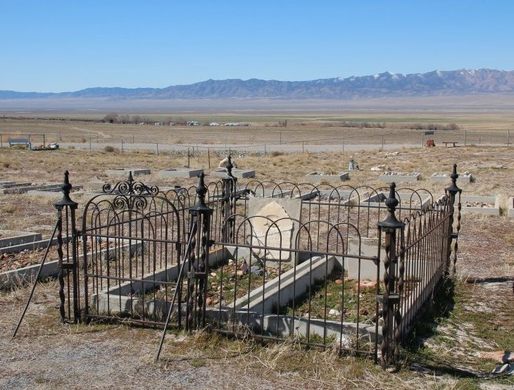


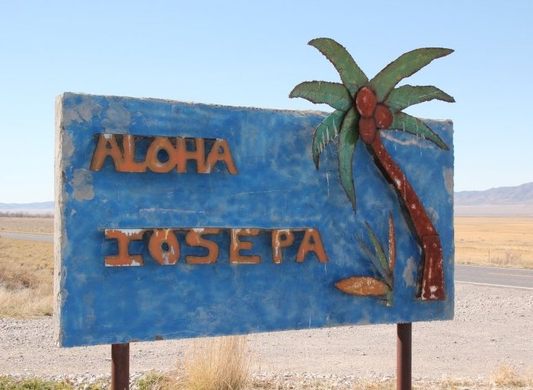
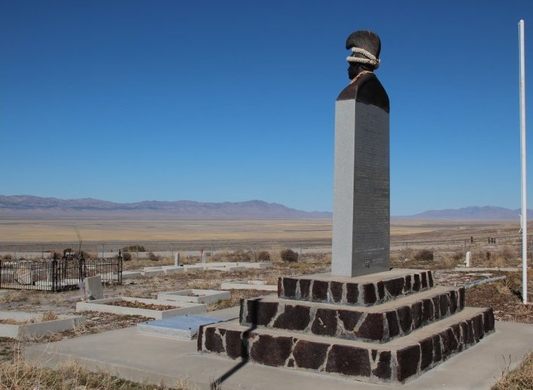

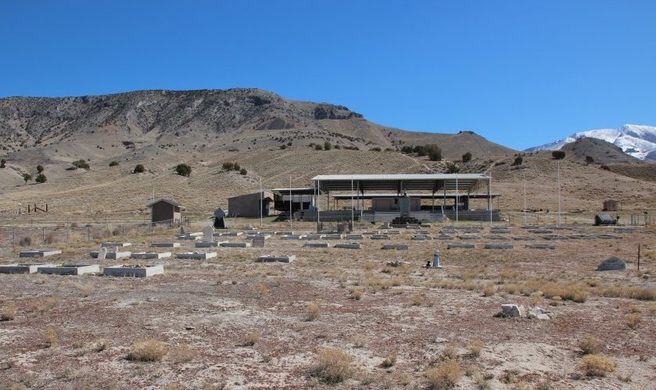
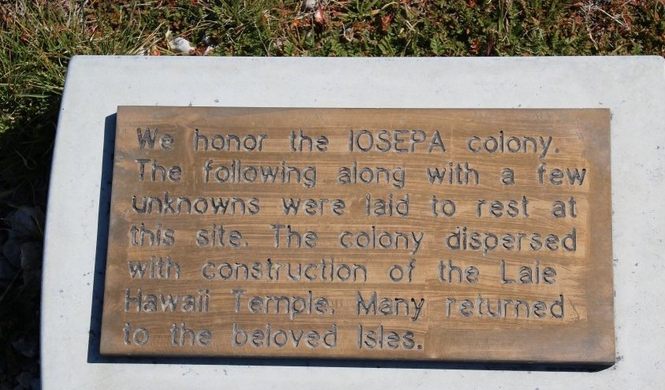




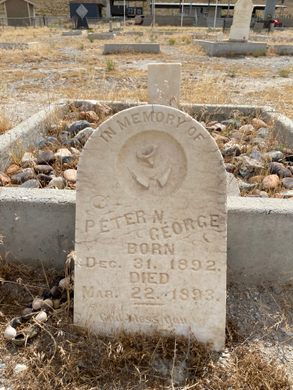
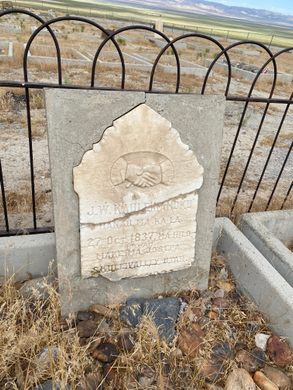
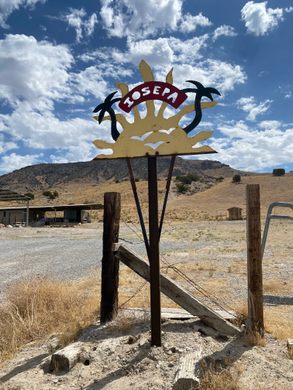
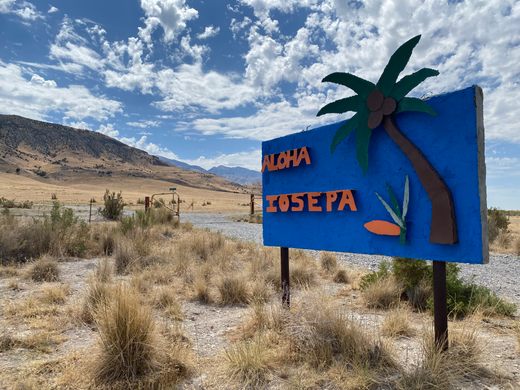










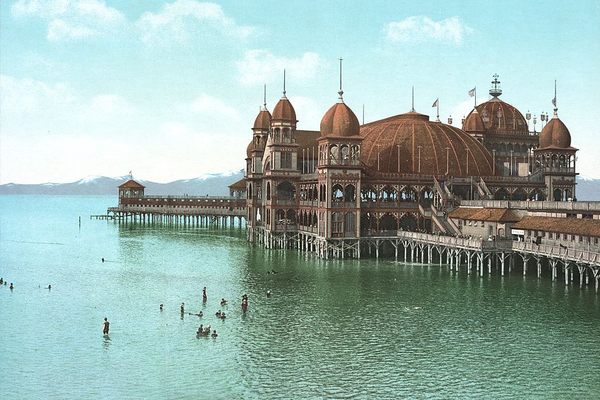
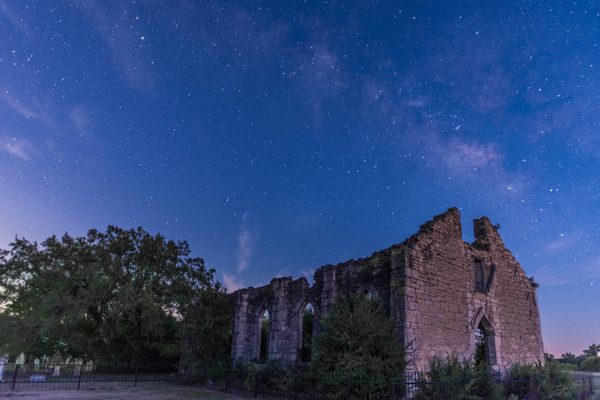

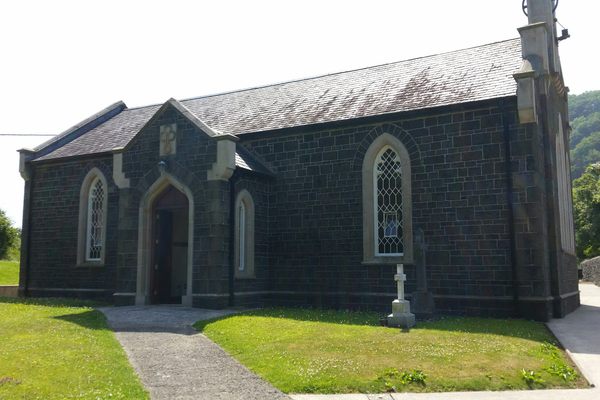

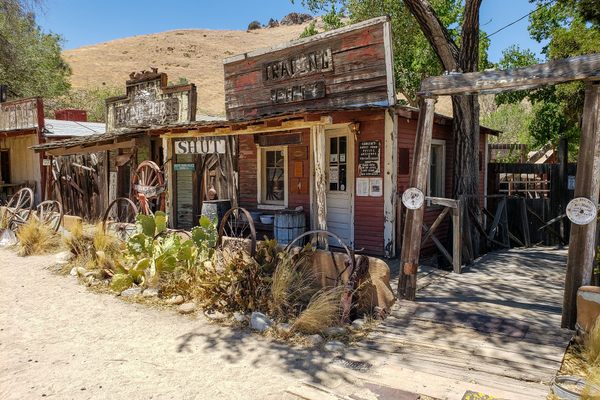


Follow us on Twitter to get the latest on the world's hidden wonders.
Like us on Facebook to get the latest on the world's hidden wonders.
Follow us on Twitter Like us on Facebook